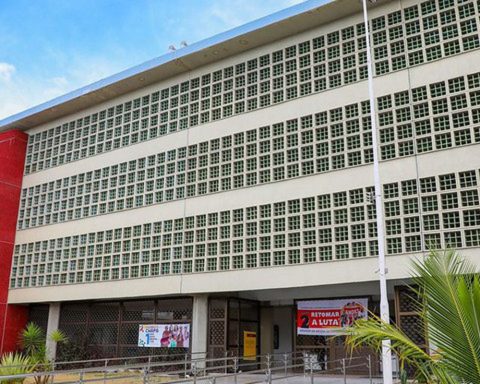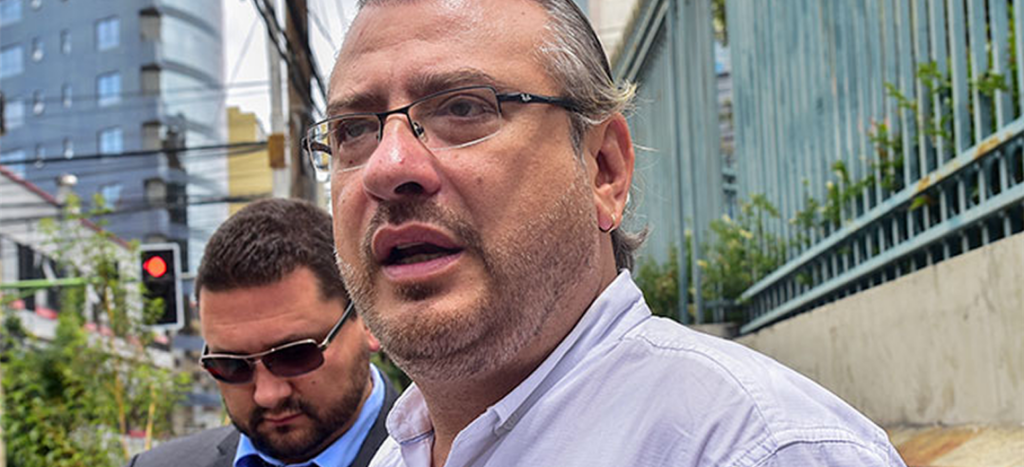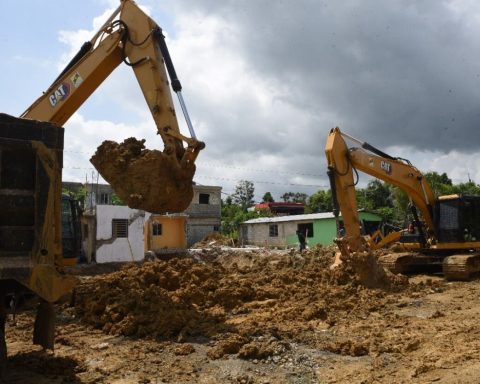Brazil leads the ranking of countries with lightning incidences, with an average of 77.8 million records per year. The number, however, is small, if compared to the total registered in the last two years. In 2021, 154 million lightning strikes occurred in Brazilian territory. In 2020 there were 126 million. The expectation is that, by the end of this century, the Brazilian average will be 100 million lightning strikes per year, according to the National Institute for Space Research (INPE).
According to the coordinator of the Atmospheric Electricity Group at Inpe, Osmar Pinto Júnior, climate change influences this phenomenon, since “storms and lightning increase due to air humidity and high temperatures”.
He adds that the incidence is even higher during spring and summer, the season that is most conducive to this type of phenomenon.
The Brazilian leadership in the ranking of lightning incidence per year is not small. The second place is occupied by the Democratic Republic of Congo, where 43.2 million lightning strikes occur annually. Third is the United States, with 35 million lightning strikes per year, followed by Australia (31.2 million lightning strikes), China (28 million) and India (26.9 million).
Regarding the incidence of lightning observed at the end of the 21st century in Brazil, the Inpe coordinator explains that, according to the literature, it was made from the relationship of lightning with some meteorological conditions predicted by the Global Climate Models (GCM).
“These models, unlike the meteorological models routinely used in weather forecasting, allow the estimation of meteorological conditions for more distant periods, on the order of decades. To minimize the uncertainties in the results generated by the MCG, we ran the model 12 times considering small differences in the evolution of environmental conditions and calculated the average of the results”, he told Agência Brasil.
The study, adds the coordinator, uses a scenario of greenhouse gas emissions that “corresponds to no significant change in emissions” in the coming decades, which today seems, according to him, to be the most likely.
“In this scenario, an increase in the average global temperature of four degrees Celsius is expected by the end of the century, in relation to the period from 1961 to 1990”, he adds. According to the specialist, “the general pattern of the geographic distribution of lightning in the country should not change until the end of the century, with the northern region maintaining the highest incidence and the northeast region the lowest incidence”.
The expectation is that the highest increases in the occurrence of lightning will occur in the North Region (50%). The Northeast Region, on the other hand, should experience small growth (10%). “The other regions should have increases in the occurrence of lightning between 20% and 40%. Larger increases can occur in small, localized regions,” he added.
“In this way, the current incidence of 70 million lightning strikes per year in the country should increase to 100 million lightning strikes per year”, he added.

















